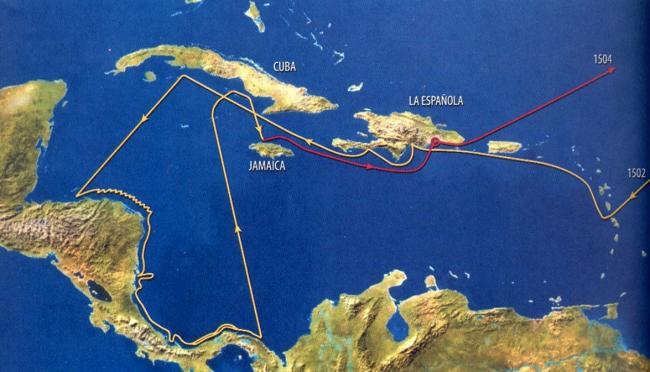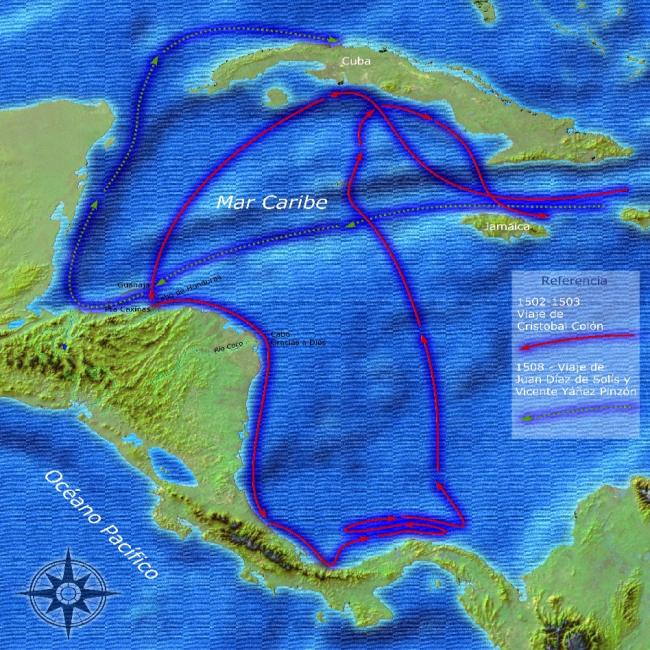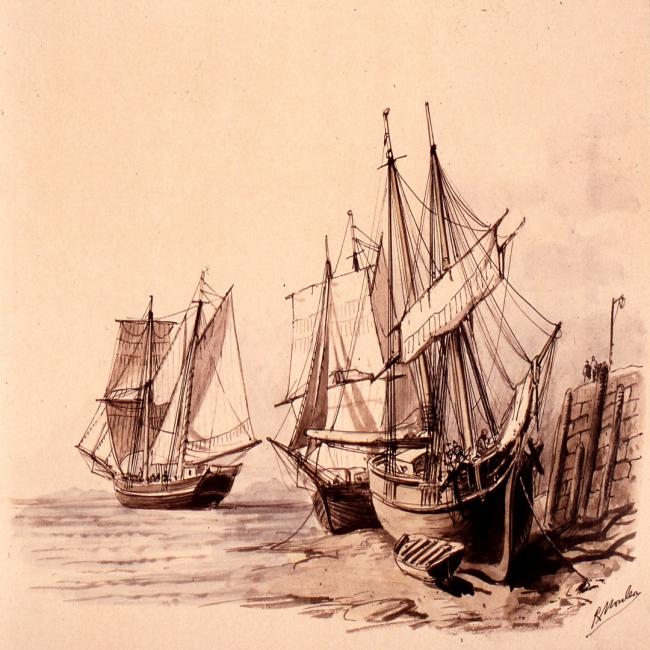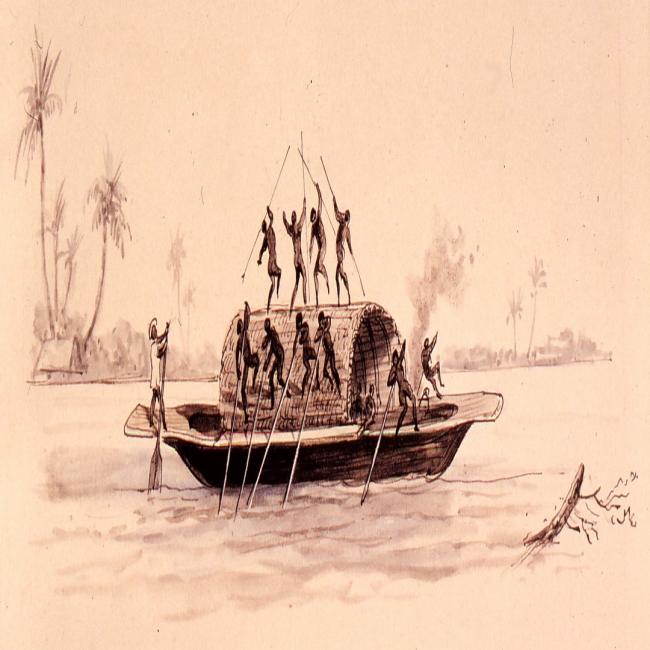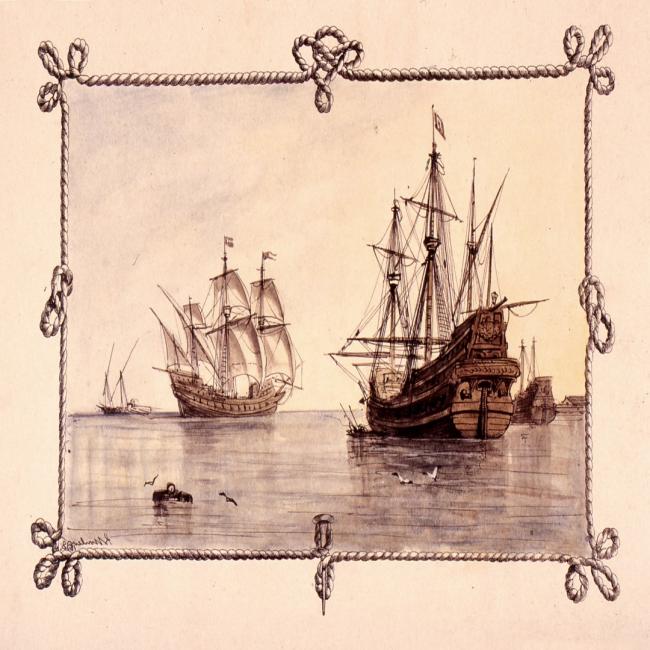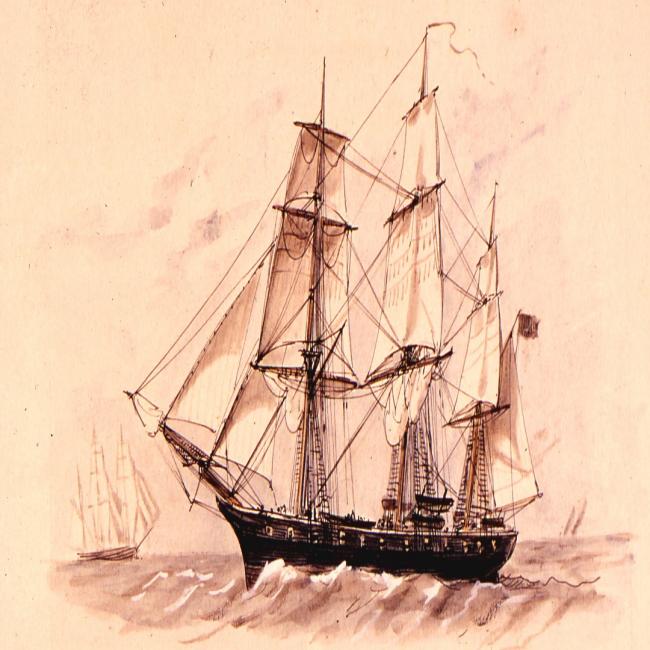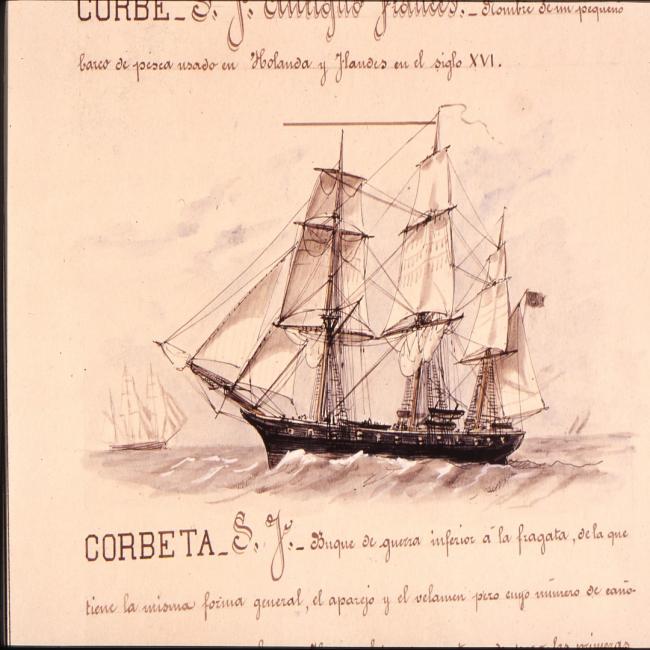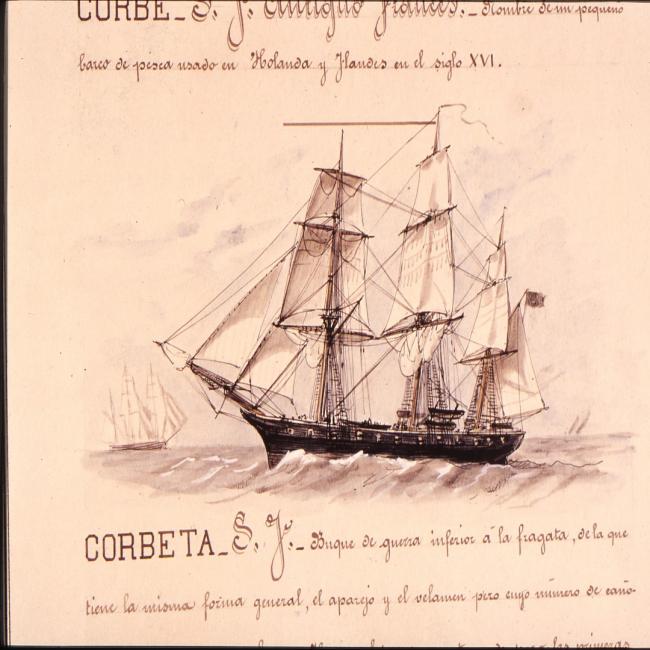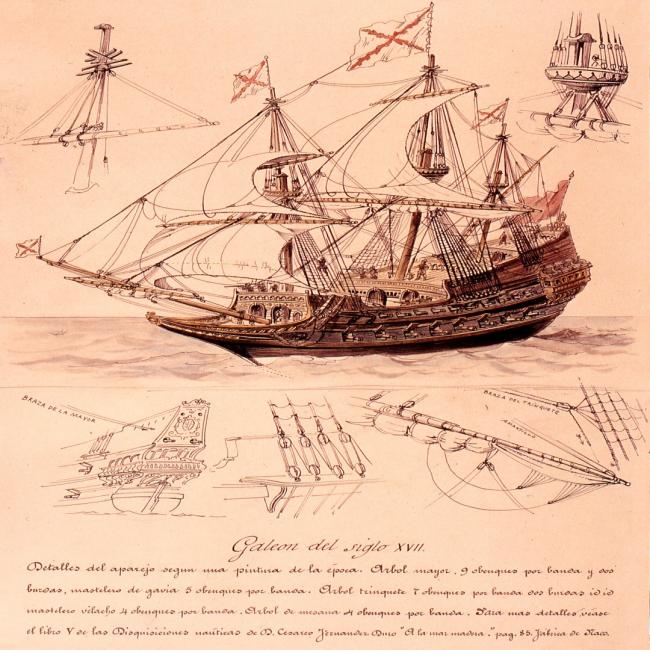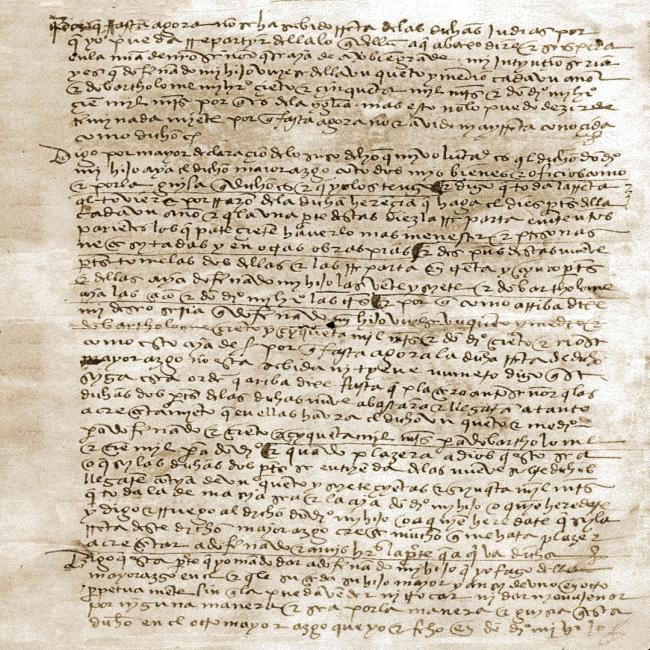The first incursions with the purpose of appropriation of the Central American isthmus on the part of the Spanish conquerors, come both from the north and the south. In 1523, from central Mexico, Hernan Cortes sent his captain Pedro de Alvarado, later followed by other incursions including that of Cortes himself. Even before Alvarado, from Panama, Spanish expeditionary forces had entered the southeastern part, as happened with Gil Gonzalez de Avila, who led Costa Rica in 1522. The third route of the Conquest began from Mexico and the Antilles to the Atlantic coast of Honduras.
In this territory conquerors from Nicaragua, Mexico, Guatemala and Santo Domingo converged and fought among themselves. Along the Pacific coast, it is recalled that Andres Niño arrived in the Gulf of Fonseca in 1522. Gil Gonzalez, who took refuge in Santo Domingo to escape from Pedrarias Davila, organized another conquest expedition from there and arrived at the beginning of 1524 on the northern coast of Honduras, in an attempt to seize Nicaragua.
Other Spaniards arrived in the same year, both to dominate the territory and to look for a fluvial route between the Atlantic and the Pacific. Thus, from Mexico, Hernan Cortes sent his captain Cristobal de Olid, he immediately sent Francisco de las Casas and, in 1525, Cortes himself arrived by land in Honduras.
In the eager search for "the Doubtful Strait" that communicated, according to his imaginary, the North Sea with the South Sea, what Columbus had unsuccessfully sought, from Nicaragua, Hernandez de Cordoba sends Hernando de Soto to explore in a northwestern direction, "that natural passage" to the Caribbean.
But in the Olancho region of Honduras, they confronted Gil Gonzalez' forces and then withdrew: Hernando de Soto to Nicaragua and Gil Gonzalez to the Gulf of Honduras. The struggle for control of Honduras continued in the meantime between the opposing forces sent by Cortes and those of Gil Gonzalez.
